With Drouillard and the two Field brothers, Lewis continues his June 1805 exploration of the Marias River hoping to find its source north of the 50th parallel. They find that it flows south of the 49th. Heading back, they come across a small group of young Blackfeet, and the encounter turns fatal. Both groups flee.
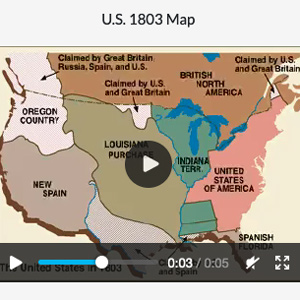

Why was it so important that Meriwether Lewis was willing to risk his life in a region occupied by the “Pahkees” or Minnetares, the Assiniboines, and other people whom he had been led—by their enemies, of course—to believe were “vicious and illy disposed”?
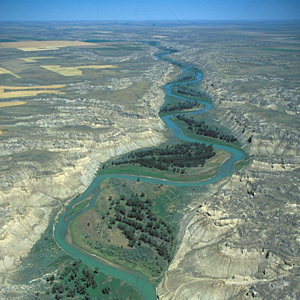

“I sliped at a narrow pass of about 30 yards in length and but for a quick and fortunate recovery by means of my espontoon I should have been precipitated into the river down a craggy pricipice of about ninety feet.”
The Golden Triangle
Fur, oil, and wheat
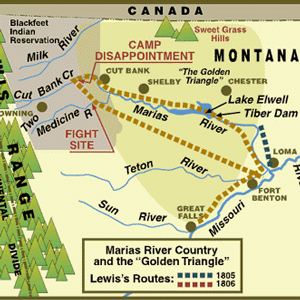

Lewis’s two trips on the Marias River were in an area called by early Montana pioneers the golden triangle consisting of fur, oil, water, wheat, and dinosaur bones.
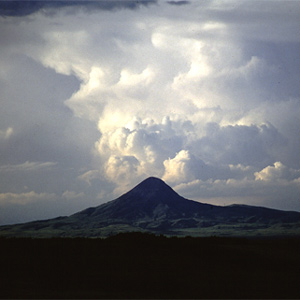

By his 5 June 1805 estimate, Meriwether Lewis was 38 miles up the Marias River from the expedition’s camp on the Missouri. To the northeast, he identified the Bears Paw Mountains and Sweet Grass Hills.


“The whole of my party to a man except myself were fully perswaided that this river was the Missouri, but being fully of opinion that it was neither . . . I determined to give it a name and in honour of Miss Maria W____d.”
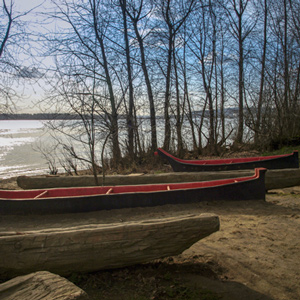

On 23 March 1806, once again battling the rising spring runoff, as it had each of the two previous years on the Missouri, the Corps of Discovery started up the Columbia River towards home.
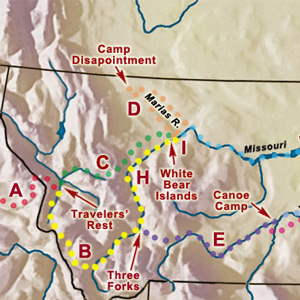

Dividing into as many as five separate details was part of a bold, diplomatic plan to achieve three of the objectives set by President Jefferson.
July 16, 1806
Off to the Marias
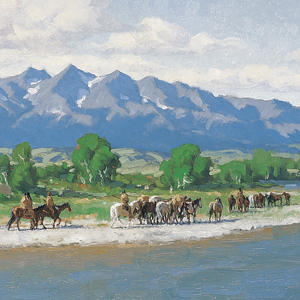

Lewis heads to the Marias River while Gass prepares wagon trucks above the Great Falls. Clark moves down the Yellowstone River by horse and Ordway paddles through the Gates of the Mountains.
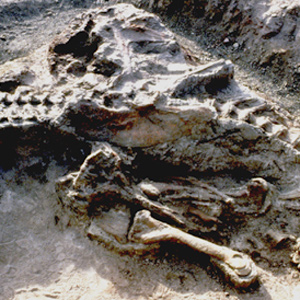

During his trips on the Marias in June 1805 and 1806, had he not been continually on the lookout for signs of those hostile Blackfeet Indians, Lewis just might have seen some fossils of marine shellfish.


In 1806, Lewis, Drouillard, Joe Field, and Reubin Field made a second excursion up the Marias, this time on horseback. The four men reached the northernmost point of the Expedition’s exploration on 22 July 1806, camping on the south side of today’s Cut Bank Creek.
July 26, 1806
A Blackfeet interview
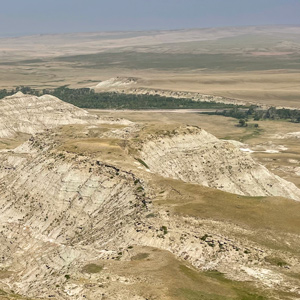

On the Two Medicine River, Lewis is joined by several young Blackfeet. All of Pryor’s horses are stolen, and the portage of the Great Falls of the Missouri is completed. Clark explores the Bighorn River.
July 27, 1806
Fight with the Blackfeet


Lewis has a fatal fight with the Blackfeet, Ordway paddles down the Missouri, Gass takes horses to the Teton River, Clark paddles through the Yellowstone Badlands, and Pryor is stranded without horses.
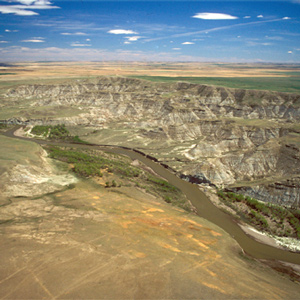

The Indians invited the Americans to share a campsite that night. At daybreak, despite the soldiers’ watchfulness, the Indians tried to steal the Americans’ guns and horses. That immediately erupted into a skirmish.
July 28, 1806
Joining forces


Lewis ends his overnight flight by joining the men who are taking the boats and horses to the mouth of the Marias. Clark paddles down a gentle Yellowstone, and Pryor is near Pompeys Pillar making bull boats.
July 29, 1806
White Cliffs rain
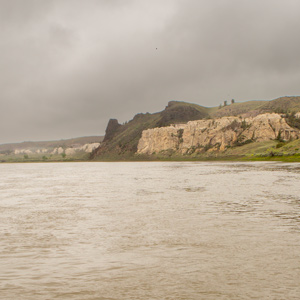

On this rainy day, Lewis paddles through White Cliffs. His hunters bag nine bighorn sheep. Clark, slowed by headwinds, reaches the Tongue River. Now far behind Clark, Sgt. Pryor has failed his mission.
August 4, 1806
Willard swept away
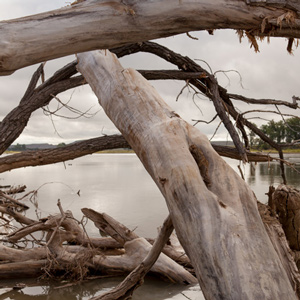

Missouri and Yellowstone rivers, MT-ND Willard is swept away down the Missouri. At the mouth of the Yellowstone, Clark moves a few miles to escape the mosquitoes, while Pryor continues down the Yellowstone. In Philadelphia, curator Peale puzzles over Lewis’s pronghorn specimen.
August 6, 1806
Pryor takes Clark's note
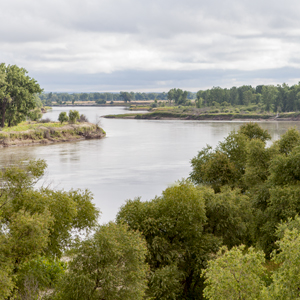

Brockton, MT and Williston, ND On or near this date, Pryor’s two bull boats reach the mouth of the Yellowstone. There, Pryor takes Clark’s note meant for Lewis. A grizzly bear mistakes Clark’s canoes for a dead buffalo floating down the river. Up the river, Lewis waits for two hunters and then leaves without them.
August 11, 1806
Cruzatte shoots Lewis
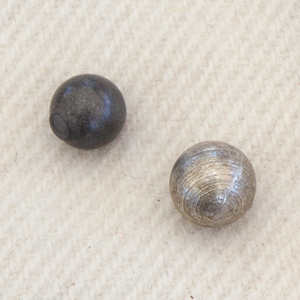

White Earth River and Four Bears Village, ND While hunting elk, Pierre Cruzatte accidentally shoots Lewis through the buttock. Clark meets fur traders who share news of the barge, Indian wars, and shifting trade alliances.
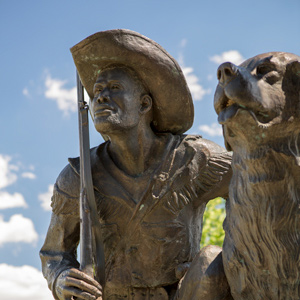

After splitting up into five separate details over five weeks earlier, all the members of the Corps of Discovery were finally reunited 142 miles downriver from the mouth of the Yellowstone.
August 12, 1806
Reunion
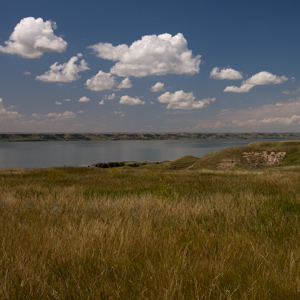

Bear Den Creek, ND Below the Little Knife River, Lewis’s and Clark’s two groups enjoy a reunion. They share stories, abandon Sgt. Pryor’s bull boats, and proceed on as one group, something they have not done since 30 June 1806. Lewis writes his last daily journal entry.
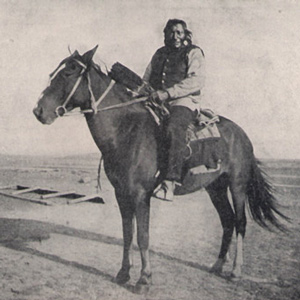

Traveling through the Marias River country with anthropologist George Bird Grinnell, Wheeler met Wolf Calf, one of the Indian survivors of Lewis’s encounter with the Blackfeet.
